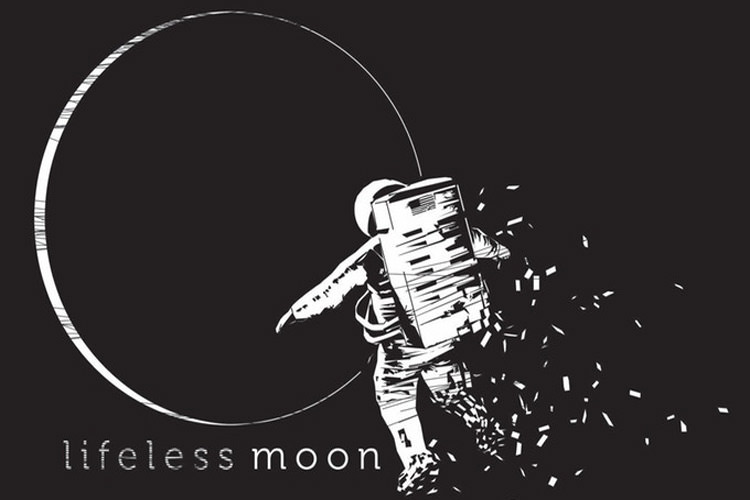

The research shows that once a false face is retained by the brain it is analysed for its facial expression in the same way that a real face is. What the study examined was whether once a pareidolia face is detected, it is subsequently analysed for facial expression, or discarded from face processing as a false detection.

Are they a friend or a foe? Are they happy, sad, angry, pained?" Professor Alais said. "We need to read the identity of the face and discern its expression. The researchers say this expression analysis of inanimate objects is because as deeply social beings, simply detecting a face isn't enough. The findings are published today in the Proceedings of the Royal Society B. Not only do we imagine faces, we analyse them and give them emotional attributes. "Pareidolia faces are not discarded as false detections but undergo facial expression analysis in the same way as real faces," Professor Alais said. The brain has evolved specialised neural mechanisms to rapidly detect faces and it exploits the common facial structure as a short-cut for rapid detection. This error is known as "face pareidolia." It is such a common occurrence that we accept the notion of detecting faces in objects as 'normal' - but humans do not experience this cognitive process as strongly for other phenomena. The first impression of a face does not give way to the second perception of an object." "We end up with something strange: a parallel experience that it is both a compelling face and an object. "We know these objects are not truly faces, yet the perception of a face lingers," Professor Alais said. This facial recognition response happens lightning fast in the brain: within a few hundred milliseconds. Lots of things can satisfy that template and thus trigger a face detection response." "There is a great benefit in detecting faces quickly," he said, "but the system plays 'fast and loose' by applying a crude template of two eyes over a nose and mouth.

"From an evolutionary perspective, it seems that the benefit of never missing a face far outweighs the errors where inanimate objects are seen as faces," said Professor David Alais lead author of the study from the School of Psychology. Neuroscientists at the University of Sydney now say how our brains identify and analyse real human faces is conducted by the same cognitive processes that identify illusory faces. Until now scientists haven't understood exactly what the brain is doing when it processes visual signals and interprets them as representations of the human face.


 0 kommentar(er)
0 kommentar(er)
